
Adum: The Heartbeat of Kumasi
Adum in Kumasi: Discover the vibrant heart of the Ashanti Region, where bustling markets, rich history, and cultural landmarks come together in a lively urban setting.
Adum, located in the bustling city of Kumasi, is a vibrant and energetic neighbourhood that serves as the commercial hub of the Ashanti Region. As the historical and cultural epicenter of Kumasi, Adum is teeming with life, offering an array of experiences that cater to both local residents and visiting tourists. From its bustling markets to its rich historical landmarks, Adum provides a unique glimpse into the daily life and heritage of Kumasi. Adum is perhaps best known for its sprawling Kejetia Market, one of the largest open-air markets in West Africa. Here, visitors can immerse themselves in the hustle and bustle of local commerce, with vendors selling everything from traditional Ashanti crafts and textiles to fresh produce and spices. The market's labyrinthine alleys are a treasure trove for those seeking authentic souvenirs and a taste of local culture. In addition to its commercial allure, Adum boasts several historical and cultural attractions. The nearby Manhyia Palace, the official residence of the Asantehene (King of the Ashanti), offers a fascinating look into the royal traditions and history of the Ashanti people. For those interested in art and history, the Kumasi Cultural Centre is a must-visit, featuring a museum, craft workshops, and traditional performances that showcase the rich cultural tapestry of the region. Adum's central location makes it an ideal base for exploring the wider city of Kumasi. With a range of accommodation options, from budget-friendly guesthouses to more luxurious hotels, visitors will find plenty of places to rest and recharge after a day of exploration. The neighbourhood is also well-connected by public transport, making it easy to navigate and discover all that Kumasi has to offer.
Local tips in Adum
- Visit Kejetia Market early in the morning to avoid the busiest crowds and get the best selection of goods.
- Wear comfortable walking shoes as the market and historical sites involve a lot of walking.
- Carry small denominations of currency for easier transactions with local vendors.
- Take a guided tour of the Manhyia Palace to gain deeper insights into the Ashanti royal history.
- Try local delicacies at street food stalls for an authentic taste of Kumasi's culinary offerings.
Adum: The Heartbeat of Kumasi
Adum, located in the bustling city of Kumasi, is a vibrant and energetic neighbourhood that serves as the commercial hub of the Ashanti Region. As the historical and cultural epicenter of Kumasi, Adum is teeming with life, offering an array of experiences that cater to both local residents and visiting tourists. From its bustling markets to its rich historical landmarks, Adum provides a unique glimpse into the daily life and heritage of Kumasi. Adum is perhaps best known for its sprawling Kejetia Market, one of the largest open-air markets in West Africa. Here, visitors can immerse themselves in the hustle and bustle of local commerce, with vendors selling everything from traditional Ashanti crafts and textiles to fresh produce and spices. The market's labyrinthine alleys are a treasure trove for those seeking authentic souvenirs and a taste of local culture. In addition to its commercial allure, Adum boasts several historical and cultural attractions. The nearby Manhyia Palace, the official residence of the Asantehene (King of the Ashanti), offers a fascinating look into the royal traditions and history of the Ashanti people. For those interested in art and history, the Kumasi Cultural Centre is a must-visit, featuring a museum, craft workshops, and traditional performances that showcase the rich cultural tapestry of the region. Adum's central location makes it an ideal base for exploring the wider city of Kumasi. With a range of accommodation options, from budget-friendly guesthouses to more luxurious hotels, visitors will find plenty of places to rest and recharge after a day of exploration. The neighbourhood is also well-connected by public transport, making it easy to navigate and discover all that Kumasi has to offer.
Iconic landmarks you can’t miss
Manhyia Palace
Explore the historical Manhyia Palace, a museum that brings the rich heritage of the Ashanti Kingdom to life through its stunning artifacts and engaging exhibits.
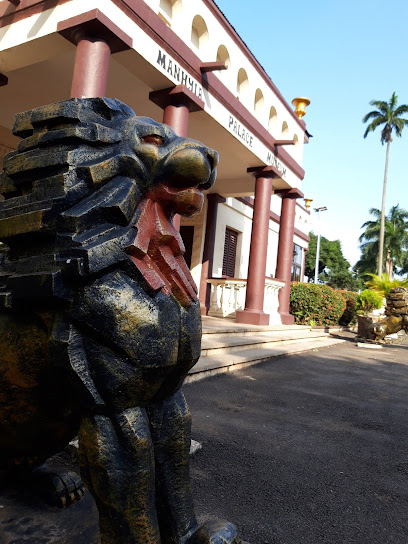
Kumasi Centre For National Culture
Discover the vibrant heritage of Ghana at the Kumasi Centre For National Culture, your gateway to traditional crafts, music, and local culture.
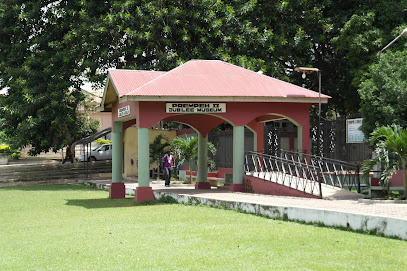
komfo Anokye Sword Site
Explore the rich heritage of the Ashanti people at the historic Komfo Anokye Sword Site in Kumasi, Ghana, a symbol of unity and strength.
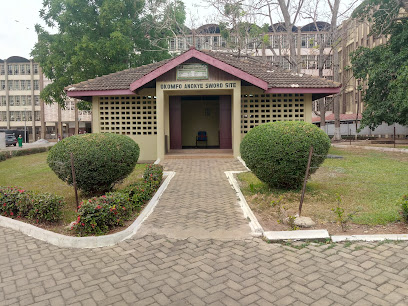
Kumasi Zoological Gardens
Explore the Kumasi Zoological Gardens: A Family-Friendly Animal Park in the Heart of Ghana, Showcasing Wildlife and Conservation Efforts.
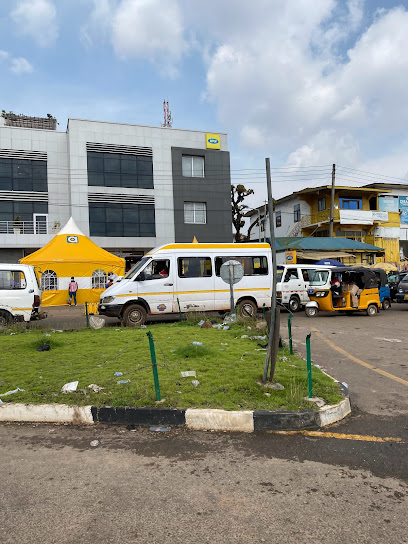
Rattray Park
Experience the lush beauty and tranquility of Rattray Park in Kumasi, a perfect retreat for relaxation and family fun amidst nature.
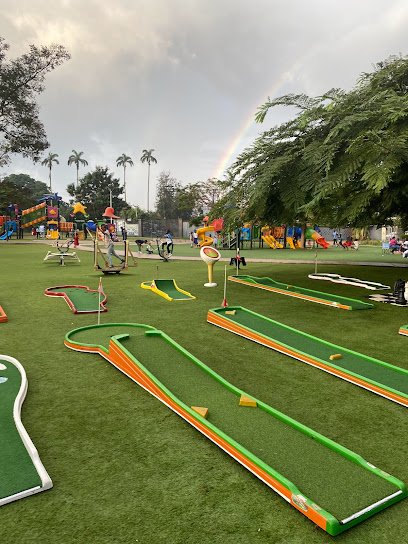
Armed Forces Museum
Explore Ghana's military legacy at the Armed Forces Museum in Kumasi, where history, valor, and culture converge to tell a compelling story.
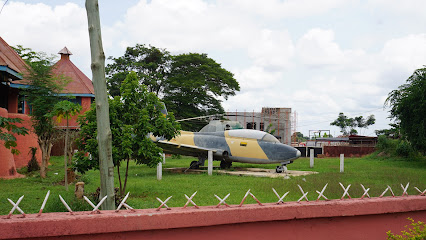
Prempeh II Jubilee Museum
Immerse yourself in the captivating history and culture of the Ashanti Kingdom at the Prempeh II Jubilee Museum in Kumasi.
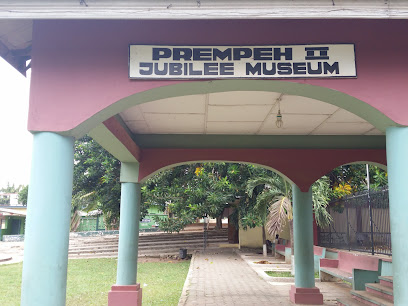
Kejetia Roundabout
Discover the vibrant heart of Kumasi at Kejetia Roundabout, where history meets culture and local life thrives.
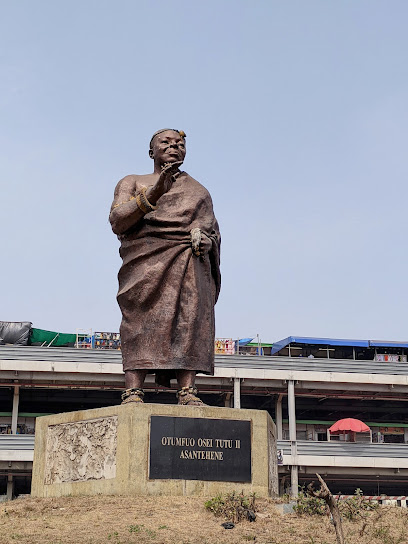
Kumasi
Explore Kumasi, the cultural heart of Ghana, bursting with vibrant markets, rich history, and warm hospitality, perfect for an unforgettable travel experience.
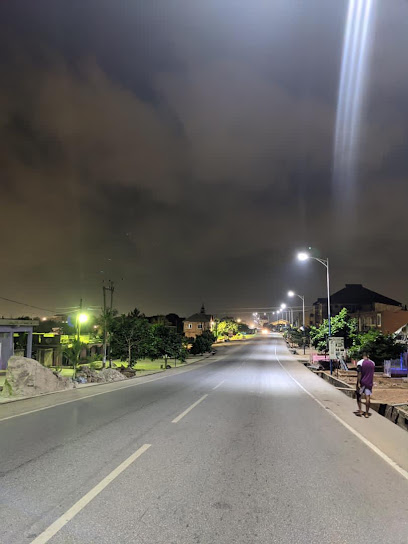
DR. ACHAMPONG'S AVENUE T JUNCTION
Explore Dr. Achampong's Avenue T Junction, a vibrant historical landmark in Kumasi, showcasing the rich cultural heritage and lively street life of Ghana.

Asendua
Discover the historical essence of Kumasi at Asendua, a landmark that showcases the rich cultural heritage of the Ashanti people.
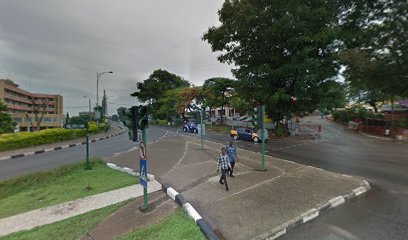
Essential places to dine
Lancaster Kumasi City
Discover authentic Ghanaian cuisine and exceptional hospitality at Lancaster Kumasi City, your perfect dining destination in Kumasi.
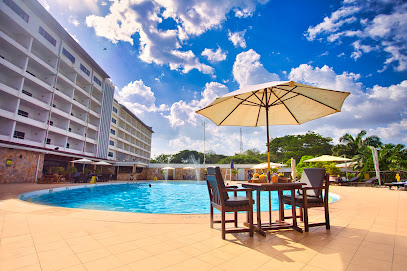
Ike’s Cafe and Grill
Discover authentic Ghanaian cuisine at Ike’s Cafe and Grill in Kumasi - where flavor meets culture in a vibrant setting.
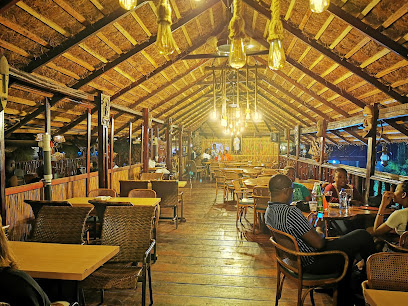
X5 Plus
Discover X5 Plus in Kumasi: Where exquisite dining meets relaxation by the poolside and versatile event spaces.
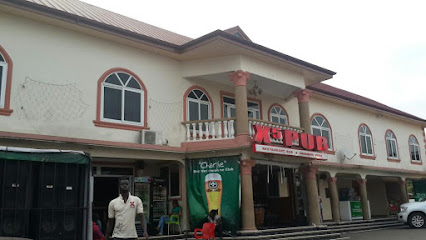
Its My Kitchen Restaurant
Experience authentic Ghanaian flavors at Its My Kitchen Restaurant in Kumasi – where every meal tells a story.
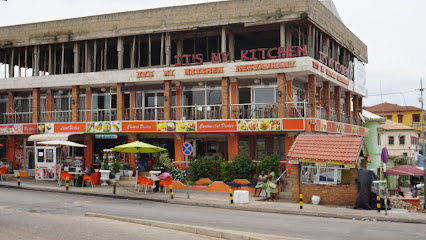
Noble House - Kumasi
Experience the exquisite fusion of Chinese and Indian cuisines at Noble House in Kumasi - where culinary excellence meets cultural richness.

Yaa Serwaa Chop Bar Adum
Experience authentic Ghanaian cuisine at Yaa Serwaa Chop Bar Adum, where every dish tells a story and every meal is a celebration.
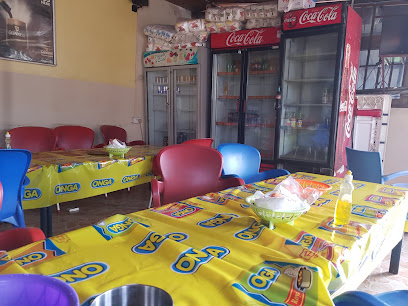
Casa
Experience authentic Ghanaian cuisine at Casa in Kumasi—where flavor meets tradition in a cozy atmosphere.
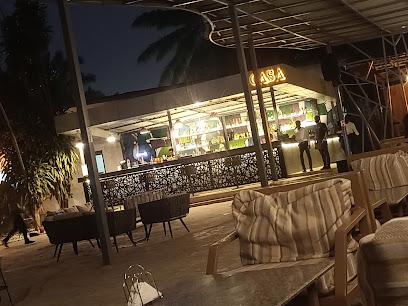
Somewhere in Kumasi
Experience authentic Ghanaian cuisine in Kumasi at this vibrant restaurant known for its unique blends and warm hospitality.

DimLight
Experience authentic Ghanaian cuisine at DimLight in Kumasi – where local flavors meet warm hospitality in a vibrant atmosphere.
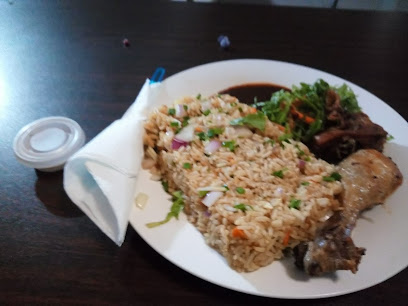
PUMPKINS GRILL & MORE
Discover diverse flavors at Pumpkins Grill & More in Kumasi - where local meets global cuisine in a vibrant setting.
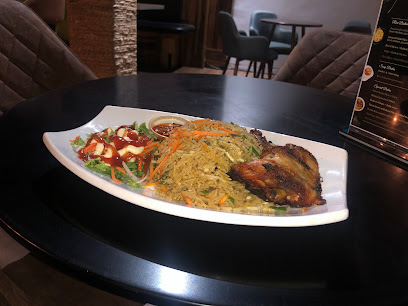
Markets, malls and hidden boutiques
Ultimate Fashions
Discover unique Ghanaian fashion at Ultimate Fashions in Kumasi, blending tradition with contemporary style for an unforgettable shopping experience.
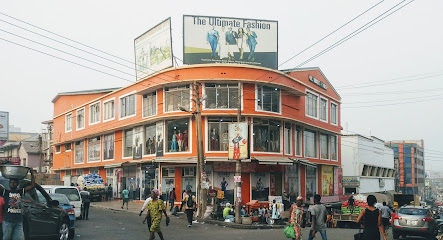
Adum market
Discover the vibrant culture and local flavors of Kumasi at Adum Market, the heart of shopping and culinary delights in Ghana.

Eugene Collection
Explore the Eugene Collection in Kumasi for stunning local crafts, unique fashion, and a true taste of Ghanaian culture.

Adum Premier The Second Street
Discover the finest selection of handbags at Adum Premier in Kumasi, where local craftsmanship meets modern fashion trends.
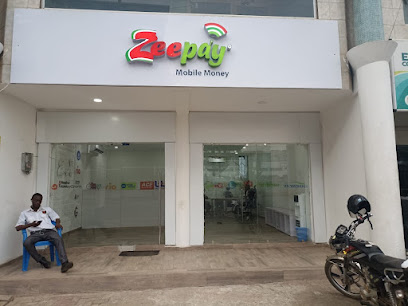
PRISCILLA
Discover the vibrant flavors of Kumasi at Priscilla, your ultimate supermarket for local and international delights.

BELLSI COLLECTIONS
Explore the essence of Ghanaian craftsmanship at BELLSI COLLECTIONS, Kumasi's premier boutique for unique cultural treasures.

Most Original Brands
Discover Kumasi's Most Original Brands for a unique shopping experience blending culture with contemporary retail bliss.

LONGRICH KUMASI
Discover the essence of Ghanaian culture through vibrant costumes and unique fashion at Longrich Kumasi, a must-visit destination for all tourists.

Ell & Gee Boutique-Adum-Kumasi, Ghana.
Discover unique clothing that blends traditional Ghanaian styles with contemporary trends at Ell & Gee Boutique in Kumasi.
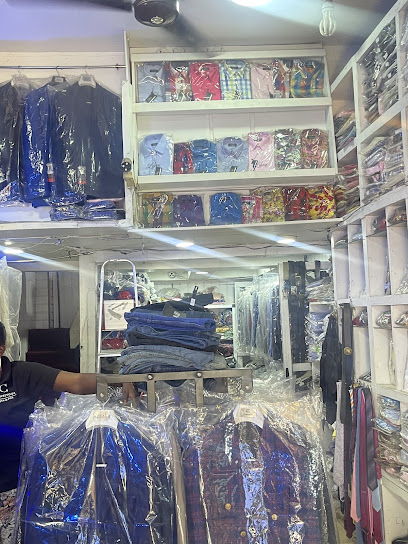
High quality
Explore the exquisite boutique in Kumasi, showcasing authentic Ghanaian craftsmanship and unique high-quality goods for an unforgettable shopping experience.

Essential bars & hidden hideouts
S Bar (Soul's Bar)
Discover Kumasi's vibrant nightlife at S Bar, where great drinks and lively music create unforgettable experiences.
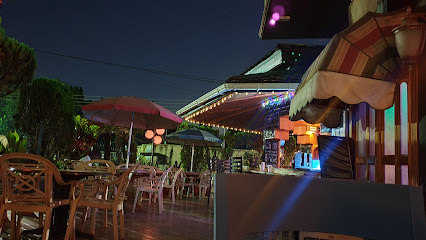
WASAGA PUB
Experience the vibrant nightlife at WASAGA PUB, a lively bar in Kumasi offering drinks, outdoor fun, and local culture.

Motown Bar
Motown Bar in Kumasi: A vibrant nightlife destination with live music, diverse drinks, and an energetic atmosphere perfect for tourists.
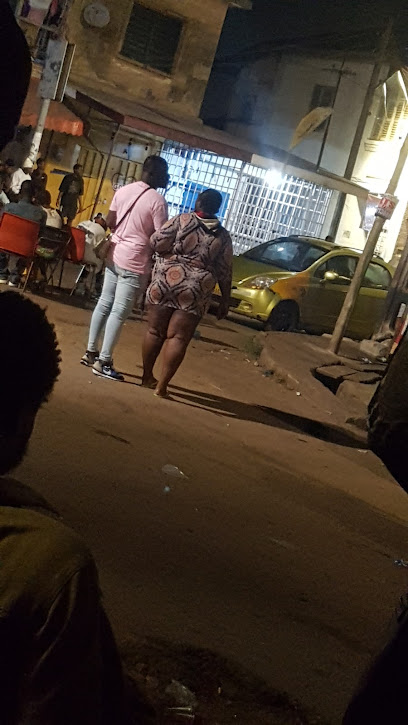
Star Lounge
Experience the vibrant nightlife of Kumasi at Star Lounge, where local culture meets contemporary bar vibes in a lively atmosphere.
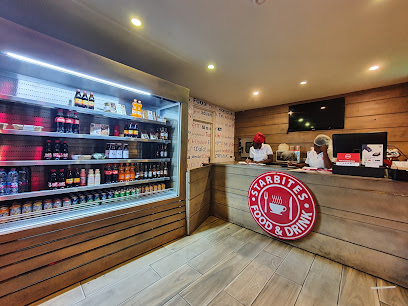
Hideout Pub
Discover the vibrant nightlife at Hideout Pub, a cozy bar in Kumasi offering local drinks, live music, and a welcoming atmosphere for all.
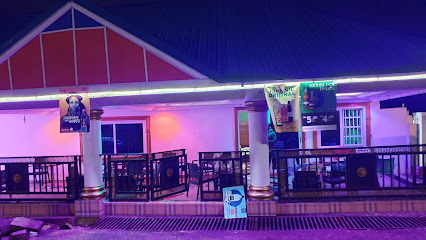
Power Spot
Experience the lively ambiance and refreshing drinks at Power Spot, a favorite bar in the heart of Kumasi, Ghana.

Auntie Cecy Chop Bar
Discover authentic Ghanaian cuisine at Auntie Cecy Chop Bar, the go-to spot for delicious local soups and a cozy atmosphere in Kumasi.
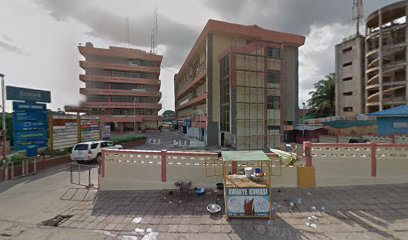
Big So Pub
Experience the vibrant nightlife of Kumasi at Big So Pub, where great drinks and local culture come together in an unforgettable atmosphere.
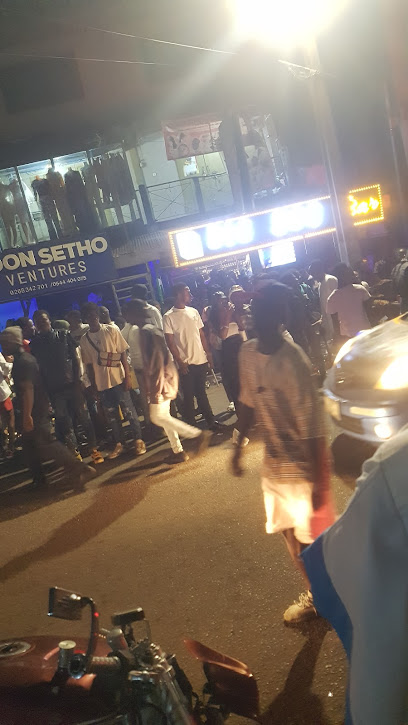
Virginia City Pub
Experience the vibrant nightlife of Kumasi at Virginia City Pub, where great drinks and friendly locals await.

TURN & PUSH
Discover the lively atmosphere of TURN & PUSH, a premier bar in Kumasi, offering a diverse drink menu and vibrant nightlife for all visitors.

Local Phrases
-
- HelloAane
[ah-neh] - GoodbyeDa yie
[dah yee-eh] - YesAane
[ah-neh] - NoDabi
[dah-bee] - Please/You're welcomeMesrɛ
[meh-sreh] - Thank youMedaase
[meh-dah-seh] - Excuse me/SorryKɔkɔɔ
[koh-koh] - How are you?Ɛte sɛn?
[eh-teh sehn] - Fine. And you?Eli. Na wo nni?
[eh-lee. nah woh nee] - Do you speak English?Wo ka English?
[woh kah ing-glish] - I don't understandMente asɛm
[mehn-teh ah-sehm]
- HelloAane
-
- I'd like to see the menu, pleaseMepɛ menu no, mesrɛ
[meh-peh meh-noo noh, meh-sreh] - I don't eat meatMe nnyɛ ntama
[meh nee-eh n-tah-mah] - Cheers!Aseda
[ah-seh-dah] - I would like to pay, pleaseMepɛ sika, mesrɛ
[meh-peh see-kah, meh-sreh]
- I'd like to see the menu, pleaseMepɛ menu no, mesrɛ
-
- Help!Boa me
[boh-ah meh] - Go away!Kɔ kwan
[koh kwan] - Call the Police!Kyerɛ atadeɛ!
[che-ye ah-tah-deh] - Call a doctor!Kyerɛ dokita!
[che-ye doh-kee-tah] - I'm lostMepɛ sɛ mɛka
[meh-peh seh meh-kah] - I'm illMepɛ sɛ mɛhwe
[meh-peh seh meh-weh]
- Help!Boa me
-
- I'd like to buy...Mepɛ kyerɛ...
[meh-peh che-ye] - I'm just lookingMepɛ deɛ
[meh-peh deh] - How much is it?Afei yɛ sɛn?
[ah-feh yeh sehn] - That's too expensiveAfei yɛ yɛn yie
[ah-feh yeh yehn yee-eh] - Can you lower the price?Wo pɛ sika afei yɛ?
[woh peh see-kah ah-feh yeh]
- I'd like to buy...Mepɛ kyerɛ...
-
- What time is it?Ɛteɛ sɛn?
[eh-teh-eh sehn] - It's one o'clockAbea no te
[ah-beh-ah no teh] - Half past (10)Abea no aduonu
[ah-beh-ah no ah-dwoh-noo] - MorningAnɔpa
[ah-noh-pah] - AfternoonAwia
[ah-wee-ah] - EveningAnɔpa mu
[ah-noh-pah moo] - YesterdayNnansefo
[n-nahn-seh-foh] - TodayƐnnora
[ehn-noh-rah] - TomorrowƐnnɔn
[ehn-nohn] - 1Bɔ
[boh] - 2Aso
[ah-soh] - 3Nsɛ
[n-seh] - 4Nnɛ
[n-neh] - 5Nnum
[n-noom] - 6Nsia
[n-shah] - 7Nson
[n-sohn] - 8Nnwɔtwe
[n-nwoht-weh] - 9Kronon
[kroh-nohn] - 10Du
[doo]
- What time is it?Ɛteɛ sɛn?
-
- Where's a/the...?Ɛhe na...?
[eh-heh nah] - What's the address?Dɛn nsɛm no?
[dehn n-sehm noh] - Can you show me (on the map)?Wo de me da (map mu)?
[woh deh meh dah (map moo)] - When's the next (bus)?Ɛhe na...boa no?
[eh-heh nah...boh-ah noh] - A ticket (to ....)Nkuto (ka...)
[n-koo-toh (kah)]
- Where's a/the...?Ɛhe na...?
History of Adum
-
Adum, located in the heart of Kumasi, has played a pivotal role in the history of the Ashanti Empire since its establishment in the late 17th century. As the capital of the Ashanti Kingdom, Kumasi became a bustling hub of trade and culture, with Adum serving as a key commercial center. The area was characterized by vibrant markets and was integral to the socio-economic activities of the Ashanti people.
-
During the late 19th century, Kumasi, including Adum, faced significant changes due to British colonial rule. The Ashanti-British wars culminated in the annexation of the Ashanti Empire in 1902. Adum was transformed as British colonial administrators established administrative offices and infrastructure, which altered the landscape and function of the neighbourhood, integrating Western architectural styles with traditional Ashanti elements.
-
Adum is known for its vibrant markets, such as the Adum Market, which dates back to the 20th century. This market has been a cornerstone of local commerce, where artisans and traders gather to sell textiles, beads, and traditional crafts. The market reflects the resilience and entrepreneurial spirit of the Ashanti people, contributing to Kumasi's reputation as a center of trade in Ghana.
-
Adum is not only a commercial hub but also a cultural epicenter. It hosts various traditional festivals, including the Ashanti Akwasidae festival, which celebrates the rich heritage of the Ashanti people. These events attract attendees from across the region and showcase traditional music, dance, and art, reinforcing Adum's role in preserving and promoting Ashanti culture.
-
In recent years, Adum has witnessed significant urbanization and development. With the influx of modern businesses, hotels, and restaurants, the neighbourhood has evolved into a thriving urban center. This transformation reflects the dynamic nature of Kumasi as it balances tradition with contemporary influences, making Adum a focal point for both locals and tourists seeking to experience the vibrant culture of the Ashanti capital.
Adum Essentials
-
Adum is centrally located in Kumasi and is easily accessible from other neighborhoods. You can take a taxi, which is the most convenient option, or use shared taxis known as 'trotros' that operate on various routes throughout the city. If coming from the Kumasi International Airport, a taxi ride will take approximately 30 minutes, depending on traffic.
-
Adum is best navigated on foot for short distances, as many local attractions are nearby. For longer distances, taxis and trotro services are widely available. Bicycles can be rented from local shops, but be cautious of road conditions and traffic. There are no trains operating within Kumasi, so public transport mainly consists of buses and taxis.
-
While Adum is generally safe for tourists, it is wise to stay vigilant. Areas surrounding the markets can become crowded, so keep an eye on your belongings. Avoid walking alone after dark, especially in less populated streets. Be cautious in the vicinity of the Kumasi Central Market, where petty crimes occasionally occur. It's advised to travel in groups when possible.
-
In case of an emergency, dial 112 for police assistance or 191 for fire emergencies. The local hospitals and clinics can provide medical assistance if needed. It's recommended to have travel insurance that covers medical emergencies. Familiarize yourself with the locations of nearby clinics and pharmacies for minor health issues.
-
Fashion: Do dress modestly, especially when visiting places of worship. Avoid wearing revealing clothing. Religion: Do respect local customs and traditions, especially during religious ceremonies. Public Transport: Do be courteous to fellow passengers, and don’t engage in loud conversations. Greetings: Do greet locals with a warm smile and handshake. Eating & Drinking: Do try local dishes and share meals with others. Don't waste food or show disdain for local cuisine.
-
To experience Adum like a local, visit the vibrant Kejetia Market for an authentic shopping experience. Engage with local artisans and try your hand at bargaining. Sample street food, particularly 'kebabs' and 'waakye' from local vendors. Attend local events or festivals to immerse yourself in the culture. Learning a few phrases in Twi can also enhance interactions with locals.
Nearby Cities to Adum
-
Things To Do in Sunyani
-
Things To Do in Koforidua
-
Things To Do in Cape Coast
-
Things To Do in Sekondi-Takoradi
-
Things To Do in Takoradi
-
Things To Do in Accra
-
Things To Do in Ho
-
Things To Do in Kpalimé
-
Things To Do in Abidjan
-
Things To Do in Notse
-
Things To Do in Tamale
-
Things To Do in Atakpamé
-
Things To Do in Lomé
-
Things To Do in Aneho
-
Things To Do in Lokossa








